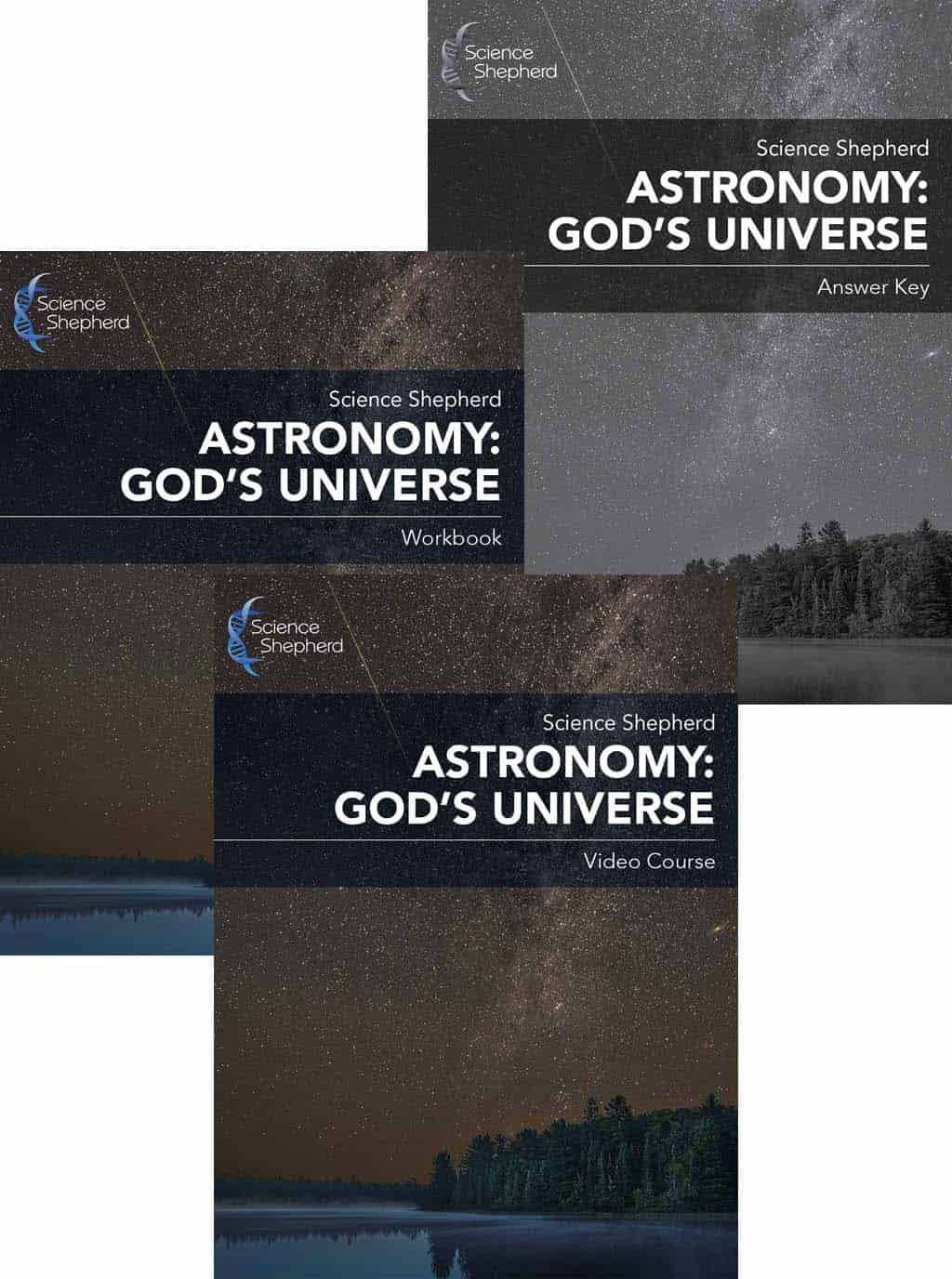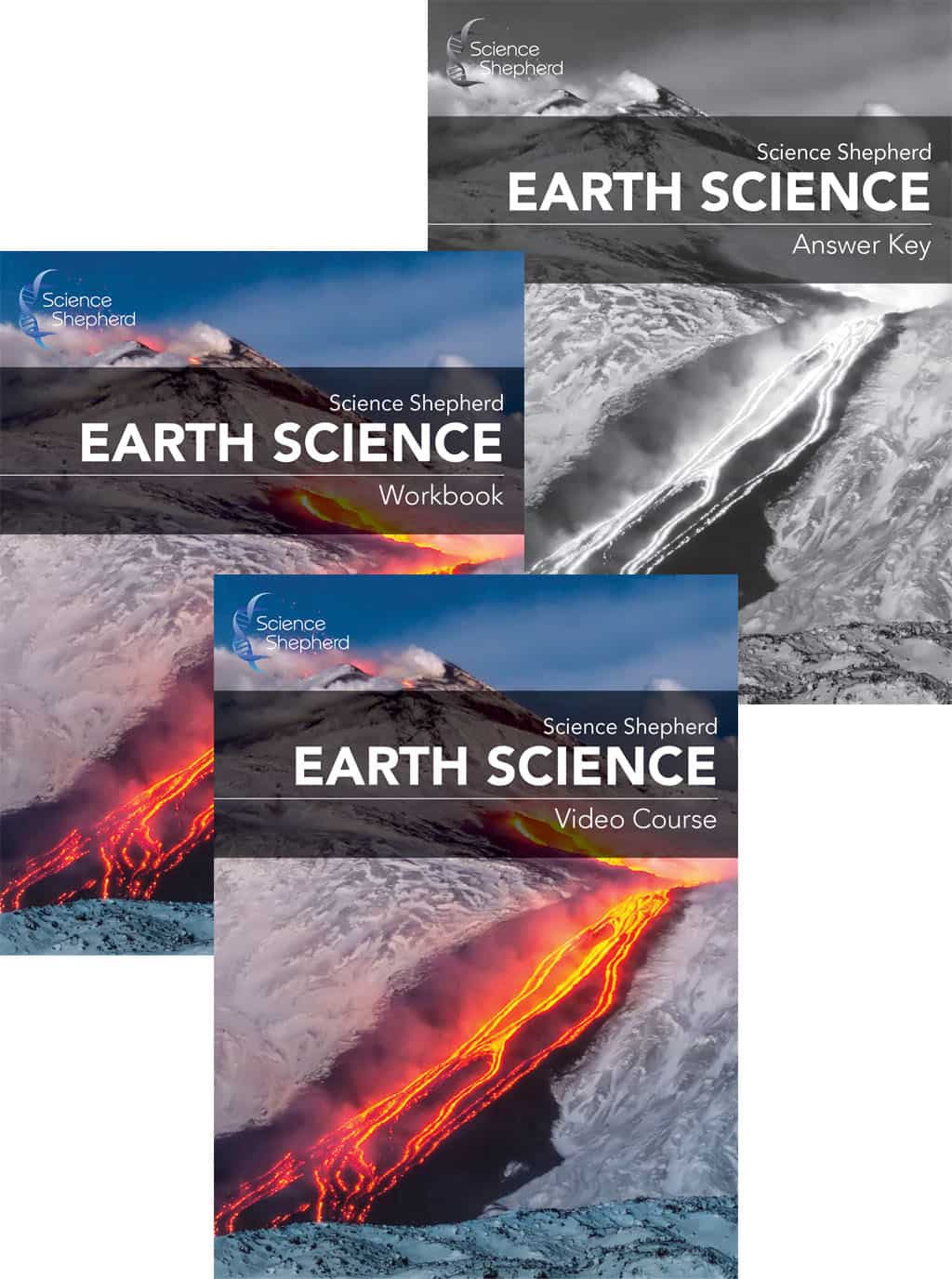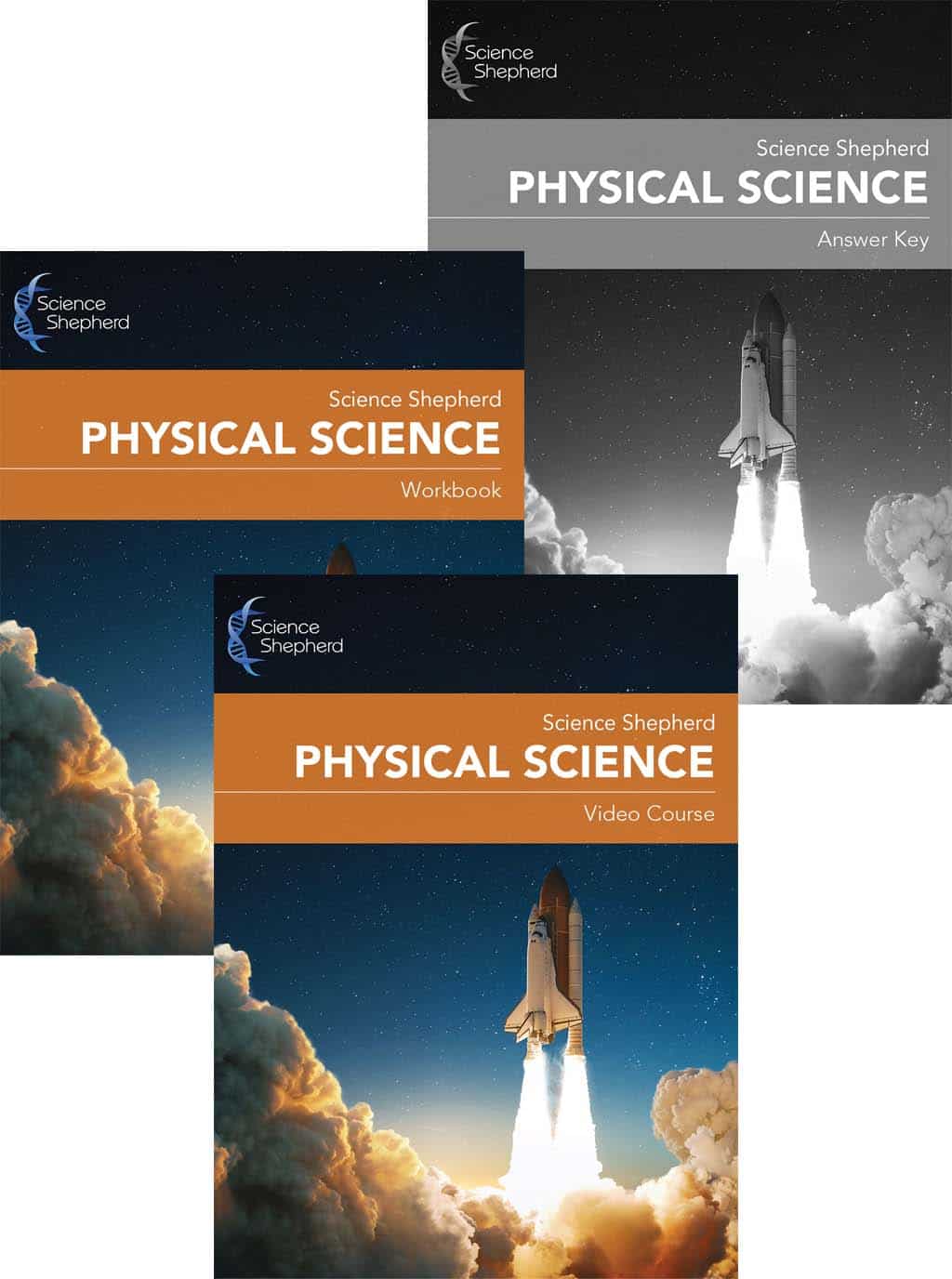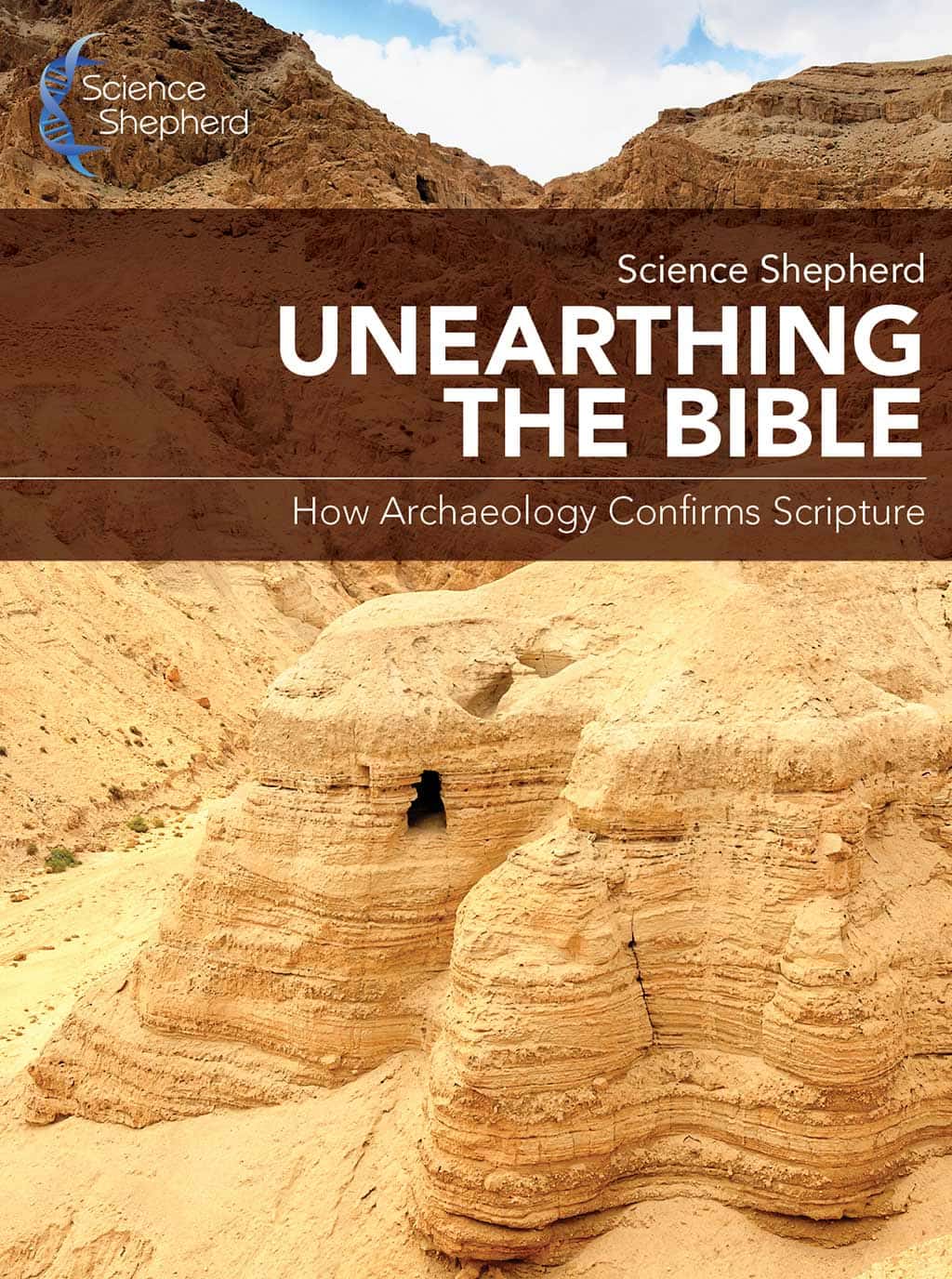Astronomy Day Ideas
October 08, 2021 4 min read

Make Out-of-This-World Family Memories this Astronomy Day
This Saturday, October 9 is Astronomy Day – a day to encourage us to look up at the heavens. Here at Science Shepherd, we’re all about enjoying God’s creation, especially as families and in fun-filled ways. Here are some fun (and budget-friendly) ideas to make some out-of-this-world family memories this Astronomy Day as you look up together and marvel at God’s handiwork.
Stargazing
The best thing to do on Astronomy Day is get outside and see what you can see! Because the Moon is almost a first quarter moon (occurring October 12), the impact of the moonlight on the night sky will be minimal. If the weather cooperates and you can get away from city lights, there should be a lot to see! One of the most useful tools you can take with you is a sky map, which will help you find various stars, constellations, planets and more. You can download a free star map from skymaps.com. Be sure to download the correct star map for the hemisphere you are in and for October! The stars that can be seen in the northern hemisphere are different from the ones that can be seen in the southern hemisphere, just as what celestial objects are visible in your hemisphere varies throughout the year.
To help you get started, here is a lesson from our Astronomy: God's Universe course in which Dr. Hardin explains how to use a star map.
If you venture out to stargaze, here are some other things you might want to take along with your star map:
- Blankets and/or chairs.
- A telescope or good pair of binoculars
- A laser for pointing out stars in the sky.
- Something nice to drink.
- Snacks (see below for ideas).
- Insect repellent.
- A red light or a flashlight with red cellophane over the light. Red light won’t affect your night vision as much as regular light.
- It could be a good idea to leave your cell phones indoors or turned off if you are just in your backyard, but if you are venturing into a rural area we recommend taking at least one phone for safety.
5-Star Snack Ideas
Having a handful of tasty snacks is a sure way to bring even more fun to Astronomy Day! Here are a few ideas.
- Supernovas (popcorn)
- Jupiters (clementines, cuties or oranges)
- Plutos (purple grapes)
- Stars (Use a small star-shaped cookie cutter to cut slices of cheese into star shapes.)
- Swirling Galaxy Bites (Spread cream cheese on a tortilla, sprinkle with shredded cheese and herbs of your choice, roll up the tortilla and cut into bite-sized rounds.)
- If you want to go the candy route, there are a couple that come to mind. 😊
"The Heavens" Bible Study
Either outside under the stars or indoors, gather with God’s Word and read aloud these Scripture passages that mention the heavens.
- Genesis 1 (especially verse 1 and verses 14-19)
- Psalm 8
- Psalm 136:1-9
- Psalm 147:4
Here are questions you could discuss about these verses.
- What do these verses teach us about God?
- What can we learn from these verses about the world? The heavens? The stars?
If you like, look up other verses that talk about the stars and the heavens.
Stargazing Pictionary
You can play this game either outside or indoors! Using some of the constellations you spot with your star map, play a game of Pictionary to guess different heavenly objects. What will you need?
- A whiteboard or sheets of white paper.
- Whiteboard markers or pencils.
- Little slips of paper.
- A timer of some kind.
If you are playing outside, you’ll also need enough light to see what is being drawn. Don't forget the red flashlight!
Write the name of a constellation or astronomical phenomenon (e.g., shooting star) on each piece of paper. Then take turns with one person trying to draw the object written on the piece of paper while everyone else guesses what is being drawn! Some of the constellations may be easy to draw or guess, others not so much, but that’s all part of the fun.
Here are some constellations and astronomical phenomena to get you started.
- Ursa major (the Great Bear)
- Ursa minor (Little Bear)
- Orion
- Shooting star
- Asteroid
- Supernova
Hubble Images
For over 30 years, notwithstanding some initial technical difficulties, the Hubble Space Telescope has been providing incredible images from deep space (and some within our Solar System, too!). Its vast catalogue of pictures of stars, galaxies, nebula and more is available to browse for free at hubblesite.org.
Some of our favorites that you can search for are the Andromeda galaxy (M31), Pillars of Creation, Messier 106 and basically any pictures of Saturn.
We hope you and yours get to look up this Astronomy Day (or another day soon!) and make out-of-this-world memories as you marvel over God’s handiwork together!
Happy stargazing,
Science Shepherd
Learn more about constellations, the solar system, galaxies, nebula and more in Astronomy: God's Universe. Available in Level A with 66 video lessons (grades 5-7) or Level B with over 20 additional lessons (grades 7+).
Sign-Up Today!
Subscribe for the latest news and receive 10% off and a FREE resource!
Recent Articles
10% Off Your Next Order
Subscribe to our newsletter and we'll send you a code for 10% off an order
plus a free download of 5 Scientific Ways Your Kids Can Defend Their Faith.
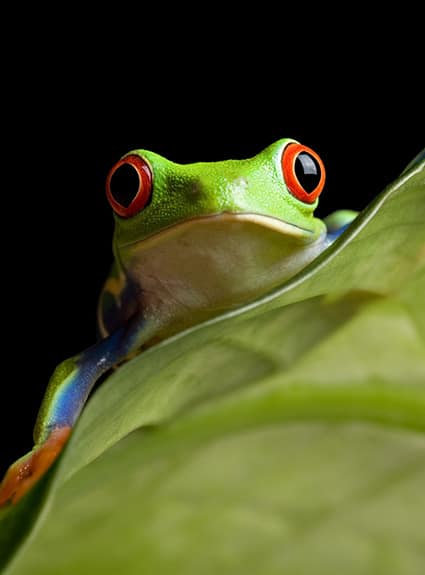
10% Off and a Free Download
When you sign-up for our newsletter we'll send you 10% off your next purchase and our free article,
"5 Scientific Ways Your Kids Can Defend Their Faith".



